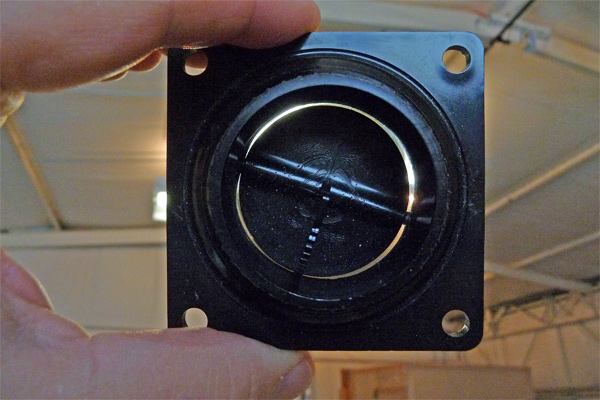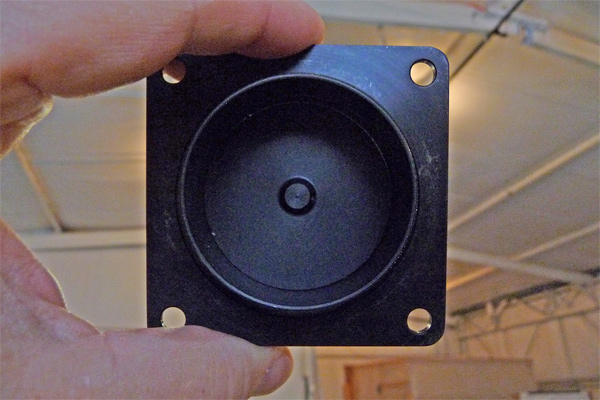BuckWynd
Well Known Member
For anyone who's on the fence about whether to buy the expensive, aftermarket aluminum vents instead of using Van's stock plastic ones, here's a photo comparison. The photos are back-lit so you can see the air leakage around the edges. You be the judge (based on what part of the world you regularly fly in, your tolerance to cold, etc.):
First, the stock vents:

And the aluminum, aftermarket ones:

I'm not trying to sway anybody's thinking either way, and I have no personal affiliation with any aftermarket vent supplier -- I'm just providing a visual datapoint for those who are trying to decide.
First, the stock vents:

And the aluminum, aftermarket ones:

I'm not trying to sway anybody's thinking either way, and I have no personal affiliation with any aftermarket vent supplier -- I'm just providing a visual datapoint for those who are trying to decide.
Last edited:






